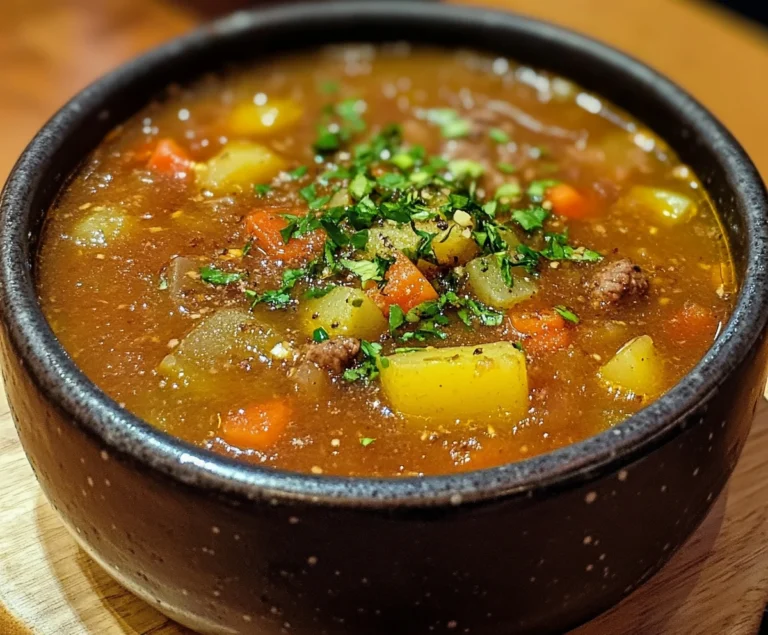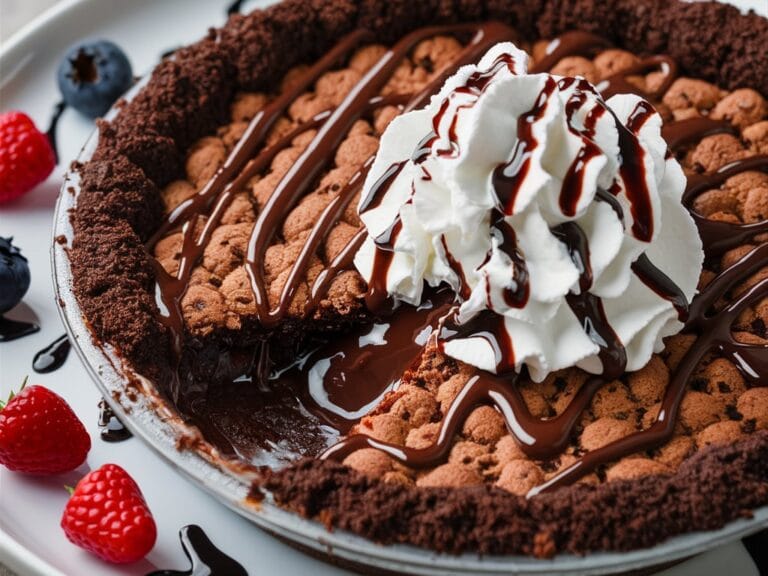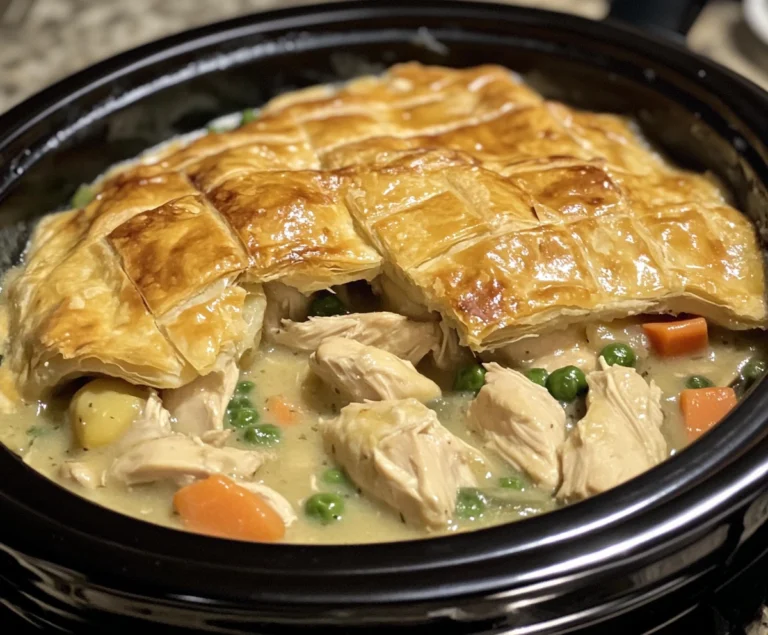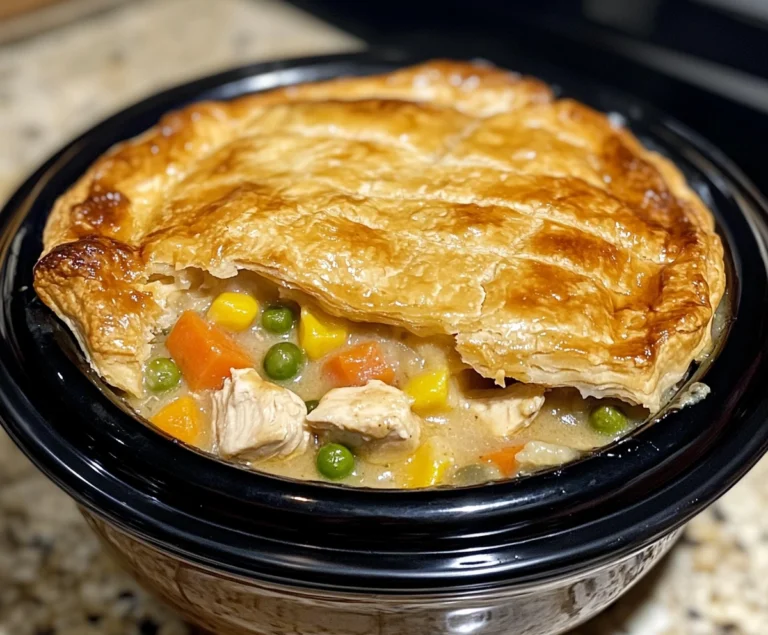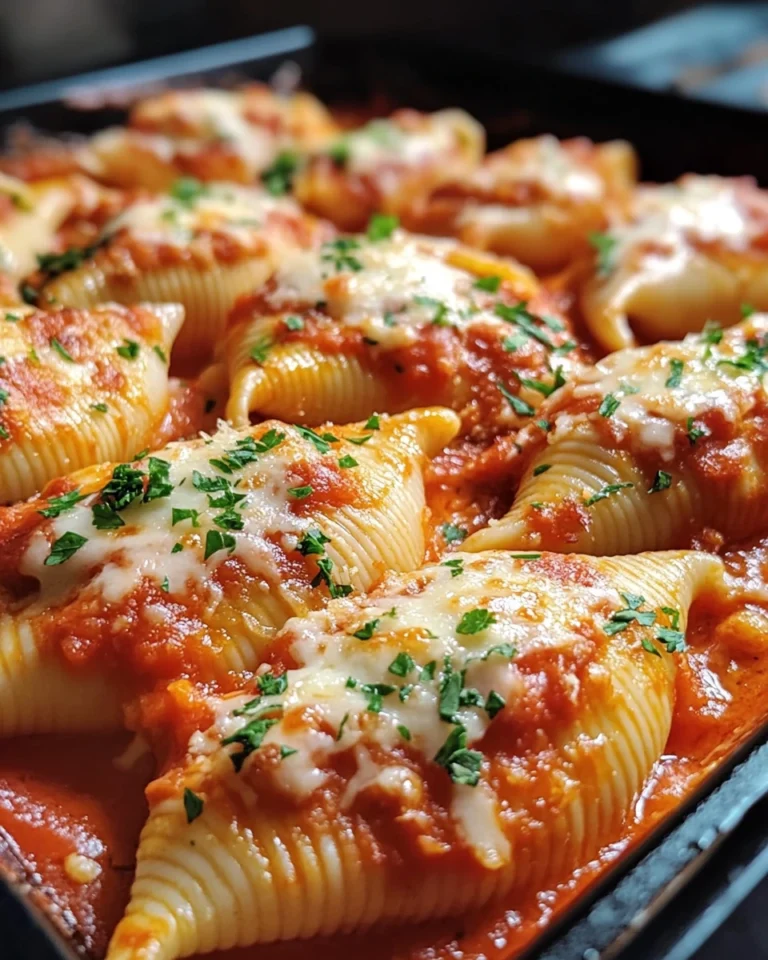Smoking Beef Chuck Roast for Tacos: The Ultimate
Smoking beef chuck roast for tacos is not just about making a delicious meal; it’s about the art of turning an affordable cut of meat into something that’s flavorful, tender, and mouth-watering. In this comprehensive guide, we’ll delve deep into every aspect of the process—from choosing the right chuck roast and preparing it for smoking to creating the perfect taco toppings. By the end, you’ll be able to confidently smoke a beef chuck roast that will make your tacos the star of any meal.
1. Introduction to Smoking Beef Chuck Roast for Tacos
Why Choose Chuck Roast for Tacos?
Beef chuck roast is a cut from the shoulder of the cow, known for its marbling and rich beef flavor. When smoked properly, chuck roast becomes juicy, tender, and perfect for shredding into taco fillings. This affordable cut is often overlooked in favor of more expensive cuts like brisket, but with the right preparation and smoking process, chuck roast can be a superstar in its own right.
Unlike brisket, which can be tricky and expensive to get just right, chuck roast is more forgiving. Its higher fat content means it stays moist during the long, slow smoking process, and it’s small enough to fit on any type of smoker. When prepared properly, smoked beef chuck roast offers a smoky flavor with a melt-in-your-mouth texture—exactly what you want for tacos.
The Benefits of Smoking Chuck Roast
Why smoke a chuck roast instead of other cooking methods? Smoking adds an additional depth of flavor and complexity that you can’t achieve with traditional cooking techniques. Here are some key benefits:
- Smoky Flavor: The slow process of smoking imparts a rich, deep smokiness to the beef, enhancing its natural flavor.
- Tender Texture: The low-and-slow cooking method ensures that the chuck roast breaks down its connective tissues, leaving you with incredibly tender beef.
- Juicy and Moist: By using proper smoking techniques (like spritzing and wrapping), you can keep your chuck roast juicy throughout the entire process.
- Bark Formation: Smoking gives the roast a crispy, flavorful bark—an outer layer of crust tat adds texture and taste to the beef.
2. Understanding the Cut: What is Beef Chuck Roast?
What is Chuck Roast?
Chuck roast is a cut of beef from the shoulder section of the cow. This area does a lot of work, which is why the cut is tough and full of connective tissues when raw. However, when cooked slowly at a low temperature, the collagen and fat in the chuck roast break down, making the meat incredibly tender.
One of the main reasons chuck roast is great for smoking is that it retains moisture and flavor during the long cooking process. It’s also very versatile, working well in a range of dishes, including shredded beef for tacos.
Chuck Roast vs. Brisket: Key Differences
While both chuck roast and brisket are popular cuts for smoking, there are some key differences between them:
- Size: Brisket is generally much larger than chuck roast, making it ideal for big gatherings or meal prepping. Chuck roast is smaller, more manageable, and perfect for family-sized meals like tacos.
- Fat Content: Brisket is known for its fat cap, which provides moisture during smoking. Chuck roast has more marbling, which also keeps the meat moist, but you won’t need to worry about trimming a thick fat cap.
- Ease of Cooking: Chuck roast is generally easier to cook and more forgiving than brisket. Brisket requires careful monitoring to avoid drying out or overcooking, while chuck roast is more resilient.
For more information on cuts of beef that are perfect for smoking, check out this guide on smoked meatloaf, which explores different cuts and smoking techniques.
3. Choosing the Right Smoker and Equipment
Types of Smokers
Before you begin, you need to choose the right smoker for the job. While any smoker can work, the type of smoker you use will affect the cooking process and the flavor of your smoked chuck roast. Here are some of the most common types of smokers:
- Pellet Smokers: These are easy to use and maintain a steady temperature, making them ideal for beginners. Pellet smokers use compressed wood pellets as fuel, imparting a strong smoky flavor to the meat.
- Offset Smokers: These smokers are known for producing authentic smoked flavors but require more skill and attention. Offset smokers use wood or charcoal as fuel, with the heat and smoke coming from a separate firebox.
- Electric Smokers: Easy to control and maintain, electric smokers are great for those who prefer a set-it-and-forget-it approach. These smokers often have temperature control features, though the smoky flavor isn’t as pronounced as with wood-fired smokers.
- Kamado Grills: Kamado grills, like the Big Green Egg, are versatile and can be used for smoking, grilling, and baking. They are highly efficient but can take some practice to master.
Essential Tools and Accessories
To smoke beef chuck roast for tacos, you’ll need more than just a smoker. Here’s a list of tools and accessories that will make the process easier:
- Meat Thermometer: A good-quality instant-read thermometer is crucial for monitoring the internal temperature of the meat.
- Wood Chips or Pellets: Depending on your smoker, you’ll need either wood chips or pellets to fuel the fire and add smoky flavor.
- Butcher Paper or Aluminum Foil: These are essential for wrapping the meat partway through the smoking process to retain moisture.
- Spritz Bottle: Used to spritz the meat with moisture throughout the smoking process, typically filled with a mixture of apple cider vinegar and water.
- Meat Claws: These make shredding the beef easier once it’s cooked.
- Tongs: Long, heat-resistant tongs are useful for moving the roast on and off the smoker.
4. Best Wood Types for Smoking Beef Chuck Roast
Choosing the Right Wood
The type of wood you use for smoking can have a big impact on the flavor of your beef chuck roast. Here are some of the best wood options for smoking beef:
- Hickory: This is the most popular choice for smoking beef because it imparts a strong, smoky flavor that complements the richness of the meat. It’s robust and bold, but it can become overpowering if used excessively.
- Oak: Oak is a milder wood that provides a subtle smoky flavor without overpowering the beef. It’s a great option if you prefer a balanced smoke flavor.
- Mesquite: Known for its intense, earthy flavor, mesquite is best used in moderation or mixed with other woods. It adds a distinctive flavor but can become too strong if used alone.
- Pecan: Pecan wood gives a slightly sweet and nutty flavor, making it a good choice if you want to add complexity to the beef’s flavor profile.
- Fruit Woods (Apple, Cherry, etc.): These woods add a mild, sweet flavor and are best used when mixed with stronger woods like hickory or oak.
Mixing Wood Types
To create a balanced flavor profile, many pitmasters recommend mixing wood types. For example, you can blend hickory and oak for a strong, balanced flavor or add a bit of mesquite to intensify the smokiness. Mixing wood types allows you to tailor the flavor of the smoke to your liking.
If you’re new to wood selection and smoking techniques, check out the detailed breakdown of wood types in this guide to smoking meatloaf, which offers expert insights on how different wood varieties affect flavor.
5. Preparing the Beef Chuck Roast for Smoking
Trimming the Roast
Before you start smoking, it’s essential to trim your chuck roast. This means removing any large pieces of fat and silver skin. While some fat is necessary to keep the meat moist during smoking, too much fat can prevent the rub from penetrating the meat and can lead to an overly greasy finished product.
- Remove Silver Skin: This is a tough, silver membrane on the outside of the meat that doesn’t break down during cooking. Use a sharp knife to carefully trim it away.
- Trim Excess Fat: Leave a thin layer of fat to keep the meat juicy, but remove any large chunks of hard fat that won’t render during smoking.
Seasoning and Rubs
A well-seasoned chuck roast is key to creating flavorful smoked beef. While there are many rub recipes out there, a simple mixture of salt and pepper is all you really need. However, adding other spices can elevate the flavor even more. Here’s a basic rub recipe to get you started:
- 2 tbsp kosher salt
- 1 tbsp black pepper
- 1 tbsp garlic powder
- 1 tbsp onion powder
- 1 tsp cumin
- 1 tsp smoked paprika
Rub this mixture all over the beef, making sure to cover every surface. For the best flavor, season the roast at least two hours before smoking, or let it sit in the fridge overnight.
Dry Brining
Another option is to dry brine your chuck roast. This involves seasoning the meat with salt (and optional spices) and letting it sit in the refrigerator for several hours or overnight. The salt draws out moisture from the meat, which then gets reabsorbed, making the beef more flavorful and juicy.
Dry brining helps the meat retain moisture during smoking, resulting in a more tender final product. It’s especially useful for larger cuts like chuck roast.
Marinades: A Flavorful Twist
If you prefer a more flavorful approach, you can marinate your chuck roast before smoking. A marinade adds moisture and infuses the meat with flavor. Here’s a simple citrus marinade recipe that pairs well with smoked beef tacos:
- 1/4 cup lime juice
- 1/4 cup orange juice
- 2 cloves garlic, minced
- 1 tbsp olive oil
- 1 tsp cumin
- 1 tsp chili powder
Place the beef chuck roast in a large resealable bag and pour the marinade over the meat. Let it sit in the refrigerator for 2-4 hours before smoking. This adds a fresh, tangy flavor that complements the smokiness.
6. Step-by-Step Process for Smoking Beef Chuck Roast
Now that your beef chuck roast is prepped, it’s time to start smoking. Follow these steps to ensure your roast turns out perfectly every time.
1. Preheat Your Smoker
Set your smoker to 225°F. This low temperature allows the chuck roast to cook slowly and break down the tough connective tissues. Make sure your smoker is at a steady temperature before placing the meat inside.
2. Add the Wood
Once your smoker is preheated, add your wood chips or chunks. If you’re using a pellet smoker, make sure it’s loaded with the right type of wood pellets. For the best results, start with a mix of hickory and oak to get a balanced smoky flavor.
3. Place the Beef on the Smoker
Put the chuck roast directly on the smoker’s grate. Make sure there’s plenty of space around the meat for the smoke to circulate. Close the lid and let the smoking begin.
4. Monitor the Temperature
Using your meat thermometer, monitor the internal temperature of the chuck roast throughout the smoking process. You’re aiming for an internal temperature of around 165°F before wrapping the meat. This will take about 4-5 hours, depending on the size of the roast.
5. Spritzing for Moisture
To keep the roast moist during the long smoking process, spritz it with a mixture of water and apple cider vinegar every 45 minutes to an hour. This not only adds moisture but also helps develop a flavorful bark on the outside of the meat.
6. Wrapping the Roast
Once the internal temperature reaches 165°F, it’s time to wrap the chuck roast. This helps lock in moisture and ensures the beef continues to cook without drying out. You can wrap the roast in either butcher paper or aluminum foil. Butcher paper allows the meat to breathe slightly, which helps maintain the bark, while foil traps all the moisture for an extra tender result.
After wrapping the meat, place it back on the smoker.
7. Finish Cooking
Continue smoking the wrapped roast until it reaches an internal temperature of 205°F. This is the ideal temperature for pulling the meat, as the connective tissues will have broken down completely, leaving the beef tender and easy to shred.
8. Resting the Meat
Once your chuck roast has reached 205°F, remove it from the smoker and let it rest for at least 30 minutes. Resting allows the juices to redistribute throughout the meat, making it more flavorful and tender.
7. Shredding and Serving the Smoked Beef
After resting, it’s time to shred the beef. Use two forks or meat claws to pull the chuck roast apart into tender, bite-sized pieces. The beef should shred easily if cooked properly.
Building the Perfect Smoked Beef Tacos
Now that your beef is shredded, you’re ready to assemble the tacos. Here are some ideas for building the perfect taco:
- Tortillas: Both corn and flour tortillas work well for smoked beef tacos. Warm them up on a grill or stovetop before serving.
- Traditional Toppings: Diced onions, fresh cilantro, salsa verde, and a squeeze of lime are classic toppings for smoked beef tacos.
- Creative Additions: For a modern twist, try adding pickled red onions, avocado slices, slaw, or crumbled queso fresco. You can also experiment with different salsas and sauces.
For side dishes, consider serving your tacos with a fresh cucumber salad, which adds a refreshing contrast to the richness of the smoked beef. Check out this Mexican cucumber salad recipe for a perfect pairing.
8. Common Mistakes and How to Avoid Them
Even with the best intentions, mistakes can happen when smoking beef chuck roast. Here are some common pitfalls and how to avoid them:
Overcooking or Undercooking
The biggest challenge when smoking beef chuck roast is getting the temperature just right. If you undercook the roast, it will be tough and chewy. If you overcook it, the beef will become dry. Use a reliable meat thermometer to monitor the internal temperature and aim for 205°F for the perfect pull.
Not Spritzing the Meat
Skipping the spritzing step can result in dry beef, especially if you’re smoking for several hours. Make sure to spritz the roast regularly with a mixture of water and apple cider vinegar to keep it moist.
Wrapping Too Early or Too Late
Wrapping the roast too early can prevent the bark from forming properly, while wrapping too late can cause the meat to dry out. Aim to wrap the roast when the internal temperature hits 165°F for the best results.
Not Letting the Meat Rest
Resting is crucial for juicy, tender beef. If you skip this step, the juices will run out when you shred the meat, leaving you with dry tacos. Always let the roast rest for at least 30 minutes before shredding.
9. Frequently Asked Questions (FAQs)
1. What Temperature Should I Smoke the Beef Chuck Roast At?
The ideal smoking temperature for beef chuck roast is between 225°F and 275°F. Smoking at this low temperature allows the meat to cook slowly, breaking down the connective tissues and creating a tender result.
2. How Long Does it Take to Smoke a Beef Chuck Roast?
The total cooking time will depend on the size of the roast and your smoker’s temperature. On average, it takes about 6-8 hours to smoke a 3-5 pound chuck roast. However, the key is to monitor the internal temperature, aiming for 205°F.
3. Can I Smoke a Chuck Roast on a Pellet Grill?
Absolutely! A pellet grill is an excellent choice for smoking chuck roast because it maintains a steady temperature and adds a nice smoky flavor. Just be sure to choose the right wood pellets, such as hickory or oak.
4. How Do I Keep the Chuck Roast Moist During Smoking?
The key to keeping your chuck roast moist is to spritz it regularly with a mixture of water and apple cider vinegar and to wrap the roast in foil or butcher paper once it reaches 165°F. This traps moisture and helps the meat stay juicy.
10. Advanced Techniques for Smoking Chuck Roast
If you’re looking to take your smoked beef chuck roast to the next level, here are some advanced techniques to try:
Reverse Searing
Reverse searing involves smoking the beef chuck roast until it reaches about 180°F, then searing it on a hot grill or cast-iron pan for a few minutes on each side. This method creates a crisp, flavorful crust while keeping the inside juicy.
Adding Aromatics
While smoking, you can enhance the flavor of your chuck roast by adding aromatics like garlic, onions, or rosemary to the smoker. This infuses the beef with additional layers of flavor.
Wet Smoking
For extra moisture, try adding a water pan to your smoker. This technique, known as wet smoking, helps maintain humidity inside the smoker and prevents the roast from drying out.
11. Creative Variations and Leftover Ideas
Once you’ve mastered the basics of smoking beef chuck roast for tacos, why not get creative? Here are some variations and ideas for repurposing leftover smoked beef:
Alternative Rubs and Seasonings
- Tex-Mex Rub: Cumin, chili powder, smoked paprika, and garlic powder.
- Southwest Spice Blend: Coriander, oregano, and ground ancho chili.
- Sweet and Spicy Rub: Brown sugar, cayenne pepper, and cinnamon for a unique flavor profile.
Leftover Ideas
If you have leftovers, smoked beef chuck roast is incredibly versatile. Here are some ways to use it:
- Smoked Beef Burritos: Fill large flour tortillas with smoked beef, rice, beans, and cheese.
- Nachos: Top tortilla chips with smoked beef, melted cheese, jalapeños, and sour cream for a smoky twist on nachos.
- Quesadillas: Combine smoked beef with melted cheese inside a crispy tortilla for a quick and easy meal.
12. Final Thoughts on Smoking Beef Chuck Roast for Tacos
Smoking a beef chuck roast for tacos is a rewarding process that results in a flavorful, tender, and juicy taco filling. By following the steps in this guide, you’ll be able to achieve a perfectly smoked chuck roast that’s ideal for shredding and serving in tacos.
Remember to take your time, monitor the temperature closely, and don’t be afraid to experiment with different rubs, marinades, and toppings. With a little patience and practice, you’ll be serving up the best smoked beef tacos in no time!
For more recipes and expert tips on smoking and grilling, explore other dishes on Aurelia Recipes, like their delicious guides on meatloaf, fajitas, and cucumber salad. These resources will help you expand your culinary repertoire and master the art of smoking.


